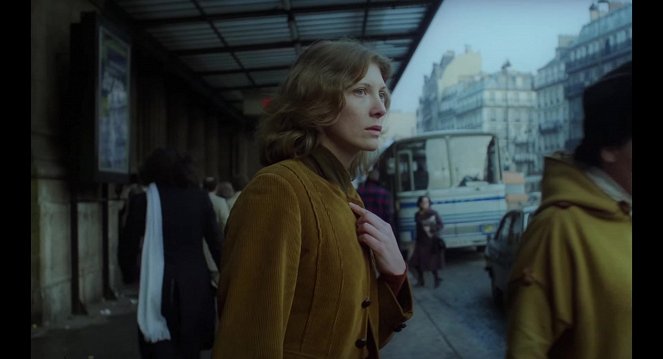Regie:
Chantal AkermanScenario:
Chantal AkermanCamera:
Jean PenzerActeurs:
Aurore Clément, Helmut Griem, Magali Noël, Hanns Zischler, Lea Massari, Jean-Pierre Cassel, Alain Berenboom, Françoise Bonnet, Laurent TaffeinSamenvattingen(1)
Aurore Clément is een nomadische filmmaker (en Akermans alter ego) die door Europa reist voor een promotietour rond haar nieuwe film. Ze heeft een reeks gespannen ontmoetingen met onder anderen een mogelijke minnaar, de moeder van haar ex-verloofde, haar huidige minnaar, haar eigen moeder (Lea Massari). Zo wordt Anna het middelpunt van een groep verloren zielen, waarbij ze zonder het door te hebben in een diepe existentiële misère raakt die als een virus op anderen overspringt.
Zoals vaak maakt Akerman gebruik van statische, symmetrische composities en vloeiende tracking-shots. Les rendez-vous d'Anna is een film over verlangen, eenzaamheid, ontheemding, seksuele identiteit, moeder-dochterrelaties en het terugkerende spook van de oorlog - de opeenvolging van treinen en treinstations roepen de gedwongen migraties op voor, tijdens en na de Tweede Wereldoorlog.
(EYE Film)
Recensie (1)
This is undoubtedly a film that falls into the category of those that the viewer must inevitably immerse themselves in (and you can rest assured that you will want to). Afterward, one can fully enjoy the slow flow of life and the journey of a young artist by train across Europe, during which fleeting connections of shattered emotions arise through encounters with various male characters. The question is what a sensitive - though already hardened by this way of life - artist can shake out of these sparks. On a general level, the film can also serve as a depressing view into the life of a modern artist (even an "artistic" director must consider marketing promotion...). The film is completely believable (it could be said to be "taken from life") despite its unique artistic license - for example, the contrast between the open confessions of people around Anna and her seemingly silent impenetrability, with a few exceptions. And, of course, the visual concept of the film, whose depth can probably only be understood by someone "knowledgeable." As a layperson, I am therefore condemned only to silent wonder, as if all the paintings in the Louvre started moving (24 times per second). Especially those by Edward Hopper, whose color aesthetics clearly affected Akerman even after her return from the USA in the early 70s.
()

